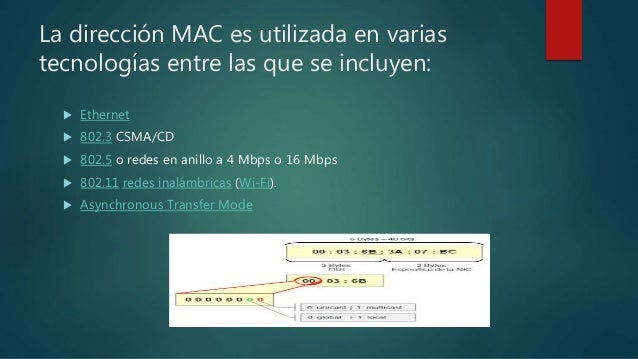

- #How to restart a mac on local network how to
- #How to restart a mac on local network password
- #How to restart a mac on local network windows
Now, open this location: %WinDir%\System32\Drivers\Etc You can do this by opening Run and pasting the location here.Save it on the desktop so that you can easily access it in the next few steps (this is because you don’t want to save the file as a. Once you’ve pasted the text into Notepad, save the file as “hosts” – include the quotes.
#How to restart a mac on local network windows
Different hosts file contents exist for different Windows versions (although they vary slightly) Go to this page and copy the text of the hosts file for your OS version.

#How to restart a mac on local network how to
How to Restore the Hosts File Back to Default in Windows
#How to restart a mac on local network password
Choose Replace and authenticate with the admin password when asked for it. You will be asked about the existing hosts file.Step #9. Drag the hosts file from the desktop back to the /private/etc/ folder.Open the Go to Folder window and open /private/etc/hosts again.Or, click on File from the top menu bar and then select Save. Save this file by clicking on the red close button.# localhost is used to configure the loopback interface Copy the following piece of text and paste it into the hosts file.Erase everything in it by pressing Command + A to select all and then press the delete key.Double-click the hosts file (on the desktop), and it will open in TextEdit (or any default text editor on your Mac).(We are doing this because we can’t open directly and edit it.) From the finder window, click and drag the hosts file to the desktop.Type this in the Go to Folder window: /private/etc/hosts.From the Finder, navigate to Go → Go to Folder.To reset, we are going to open the hosts file in a text editor, replace the entire file with the default text and save it. The rest of the stuff is just commented out (description of the hosts file itself). On a Mac, the hosts file mostly contains nothing more than a couple of lines of active code. How to Reset the Hosts File Back to Default in macOS But in case you do not, you can still recover the original version as explained below.

Of course, you should keep a backup of it before editing. It can be edited to test certain network aspects or to troubleshoot connectivity issues. The simplest explanation is that it is a text file used by your computer to map a connection between an IP address and domain names.


 0 kommentar(er)
0 kommentar(er)
